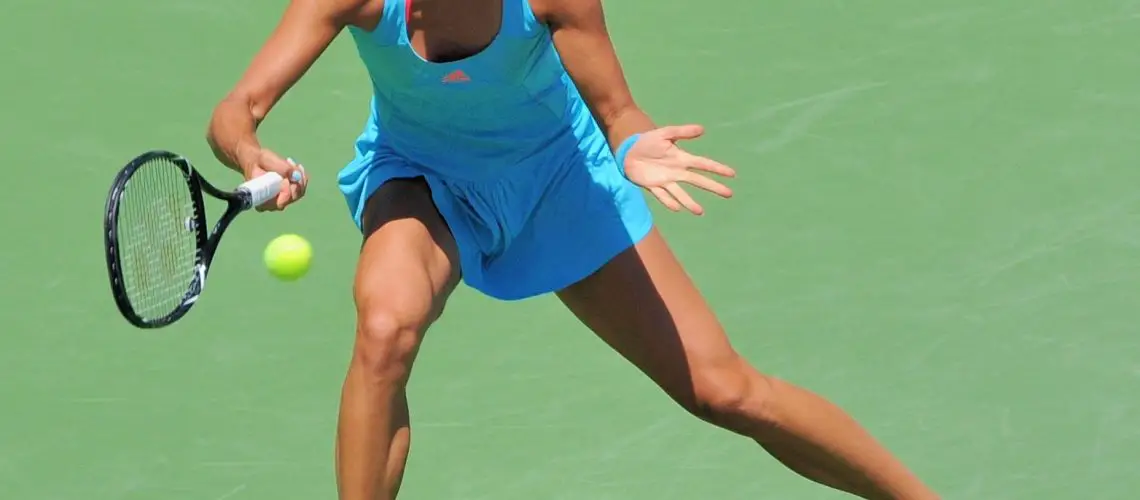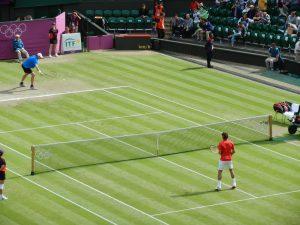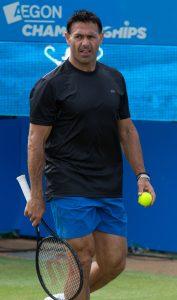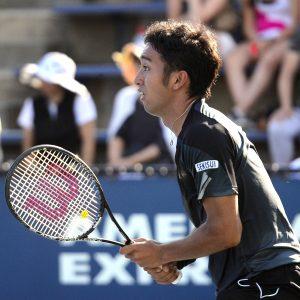We may earn money or products from the companies mentioned in this post.
The Importance of Running in Tennis

In the fast-paced world of tennis, running plays a crucial role in a player’s performance on the court The sport demands a high level of physical fitness and endurance, making running an essential component of training for any tennis player
1 Physical Fitness Requirements
Tennis requires players to have excellent cardiovascular endurance, muscular strength, and agility Running helps improve these fitness components by increasing lung capacity, strengthening leg muscles, and enhancing overall stamina By engaging in regular running exercises, players can build the necessary physical foundation to withstand the demanding nature of tennis matches
2 Agility and Speed Improvements
Running drills are particularly effective in enhancing a player’s agility and speed on the court Tennis involves quick movements in all directions – forwards, backwards, sideways – as well as sudden changes in direction Regular running sessions not only strengthen leg muscles but also improve coordination and balance, enabling players to move swiftly and efficiently during gameplay
Factors Affecting Miles Run in a Match

Several factors influence the distance covered by tennis players during a match:
1 Court Size and Surface
The size and surface of the tennis court significantly impact how much running is required during a match Different court sizes (such as full-size or smaller courts for junior players) determine the distance between shots and affect player movement patterns accordingly Additionally, different court surfaces (such as clay or grass) can alter ball bounce dynamics, leading to variations in player positioning and movement
2 Playing Style and Skill Level
The playing style adopted by individual players can greatly influence their mileage on the court Aggressive baseline players who hit powerful groundstrokes may cover more ground compared to serve-and-volley players who aim to finish points quickly at the net Furthermore, a player’s skill level and technique can impact their ability to move efficiently and effectively, affecting the distance covered during a match
Estimating Miles Run in Different Types of Tennis Matches

Tennis is a sport that requires both skill and athleticism, with players covering significant distances on the court during matches The miles run in tennis matches can vary depending on various factors, such as the type of match being played and the players’ strategies Let’s explore how different types of tennis matches impact the distance covered by players
Singles Matches
In singles matches, whether it’s professional or recreational play, players have to cover more ground as they have the entire court to themselves Professional singles players often exhibit exceptional speed and agility, resulting in higher running distances compared to recreational players On average, a player can cover several miles per point or game in a singles match
Doubles Matches
Doubles matches present a unique dynamic where two players collaborate as a team This partnership can affect running distances on the court With two players covering half the court each, doubles matches generally involve less running than singles matches However, effective teamwork and communication between doubles partners are crucial for positioning and covering strategic areas of the court
Comparing Different Match Formats
When comparing different match formats, such as best-of-three sets versus best-of-five sets, there are implications for total distance run by players Best-of-five set matches require endurance and stamina due to their extended duration compared to best-of-three set matches Players participating in best-of-five set matches may accumulate more running miles over the course of the match
Key Factors That Influence Running Distance in Tennis Matches

The distance covered by tennis players during a match is influenced by several key factors:
Player’s Playing Style and Strategies
- Baseline players, who prefer to stay near the back of the court, may cover more distance as they traverse the baseline during rallies Serve-and-volley players, on the other hand, tend to cover less ground but require explosive bursts of speed towards the net
- Defensive tactics often involve retrieving shots from various parts of the court, resulting in increased running distances Conversely, offensive tactics can limit movement by dictating points and keeping opponents off balance
Opponent’s Playing Style and Strategies
- The playing style adopted by an opponent can have a significant impact on a player’s movement patterns For example, facing an aggressive player who frequently approaches the net may require more lateral movement and quick adjustments
- Players must adapt their strategies and movement based on their opponent’s style This adaptability affects running distances throughout a match
Court Surface Types
- The type of court surface also plays a role in determining running distances Hard courts provide a fast-paced game with less sliding but greater impact on joints Clay courts slow down play due to increased traction, while grass courts offer faster movements with potential for slips
- Varying surface characteristics can affect players’ footwork and overall movement patterns during matches
Tips to Increase Stamina for Longer Tennis Matches

To excel in longer tennis matches and increase stamina, players can employ various training techniques and adopt proper nutrition strategies:
Training Techniques to Boost Endurance
- Interval training involves alternating periods of high-intensity exercise with recovery periods to improve cardiovascular fitness specifically tailored for tennis demands
Strength-Training Exercises for Better Court Coverage
- Specific strength-training exercises, such as lunges and lateral movements, target the muscles used in tennis movements like lateral shuffling and explosive changes in direction
- Tennis-specific strength-training routines help improve stability, power, and agility on the court
Proper Nutrition and Hydration Strategies
- Key nutrients such as carbohydrates, proteins, and healthy fats fuel performance during matches A well-balanced diet supports sustained energy levels throughout a match
- Staying hydrated is crucial for optimal performance Players should maintain proper fluid intake before, during, and after matches to prevent dehydration and ensure peak physical condition
Note:
Implementing these tips alongside individualized training plans can help players increase their stamina and perform at their best during longer tennis matches
Useful Links

Which sports run the most? Stats from football, basketball …
How Many Miles Does A Tennis Player Run In A Match?
Does Tennis Require A Lot Of Running?
How far do pro tennis players run in a match on average?
How Many Miles do Tennis Players Run? – Jim’s blog – TypePad
How Long do Tennis Matches Last?
Do Tennis Players Jog?
Analysis of the distances covered and technical actions …
How Long Does A Tennis Match Last? Full Guide + Cheat Sheet
How Long is an Average Tennis Match? – Penalty File
Longest tennis match records
The longest tennis match: An 11-hour marathon …
You Cannot Be Serious! Are You Still (Long-Distance) …
Tennis explained: Learn the game
Wimbledon Ball Girls Run The Equivalent Distance …
Why Tennis Matches at the Australian Open Never Seem to …
Tennis scoring, explained: A guide to understanding the …
How far do tennis players run throughout an entire match?
Prepare For Your Next Tennis Match, Like A Pro
‘Why am I here, playing for literally $6?’ — The stunning …






